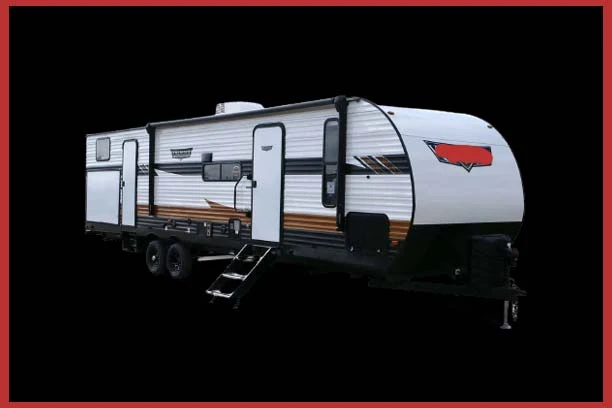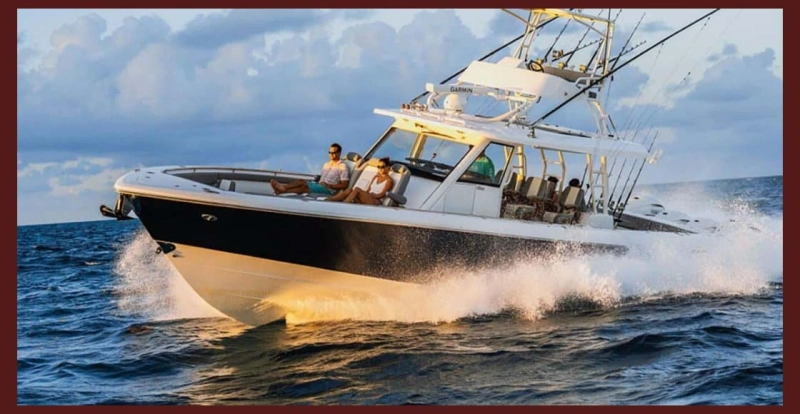A safe boat starts with safe supply decisions. The materials, components and services behind the hull determine how the vessel behaves when seas turn rough and when systems are pushed hard.
Compliance you can verify
Reputable suppliers design and source to recognized standards (ABYC, ISO, CE where applicable). That means correct wire gauges, ignition-protected components in fuel spaces, compliant fuel lines and documented load ratings for cleats, rails and seats. Ask for certificates, test reports and build sheets; the ability to produce them is a safety signal. Discover affordable and professional boat suppliers near me —visit the website today.
Materials that resist failure
Gelcoat quality, laminate schedules, marine-grade plywood and corrosion-resistant fasteners are not interchangeable commodities. Trusted suppliers can specify resin types, core materials and alloy grades (e.g., 5083/5086 for aluminum) and explain why they’re used. This traceability reduces risks like osmosis, delamination and structural fatigue.
Electrical done the marine way
Safety depends on tinned copper conductors, proper crimping, sealed connectors, circuit protection at the source and tidy looms that avoid heat and vibration points. Suppliers who follow best practice include labeled panels, spare capacity and documentation for troubleshooting—critical when a fault emerges offshore.
Rigging and hardware you can trust
Anchor systems, lifelines, steering linkages and through-hulls carry real loads. Proven brands with known test data, correct backing plates and bedding procedures cut the chance of catastrophic pull-outs or leaks. Competent suppliers specify chain sizes, swivel ratings and windlass duty cycles that match the boat’s displacement.
Fuel, ventilation and fire safety
Certified fuel tanks, anti-siphon valves, USCG/ISO fuel hose and ignition-protected blowers prevent vapor hazards. Quality suppliers integrate ventilation paths, mount extinguishers correctly and recommend fire detection suited to engine and galley zones.
Pre-delivery checks and support
A thorough pre-delivery inspection—sea trial, torque checks, bilge and hatch water tests and battery load tests—catches early failures. The right supplier backs the boat with parts availability, recall management and a service network that can resolve issues quickly, reducing downtime and compounding risks.
Training and clear manuals
Safety improves when owners understand systems. Good suppliers provide concise manuals, maintenance schedules and handover briefings covering seacocks, electrical isolation, fuel shutoffs and emergency steering. This knowledge shortens response time when something goes wrong.
Selecting suppliers who prove standards, trace materials and stand behind their work isn’t a luxury; it’s a core safety decision. Demand documentation, ask technical questions and make support a condition of the sale.
Author Resource:-
Devon Curran writes about boats for sale and caravan sales, helping adventurers find their perfect escape.


